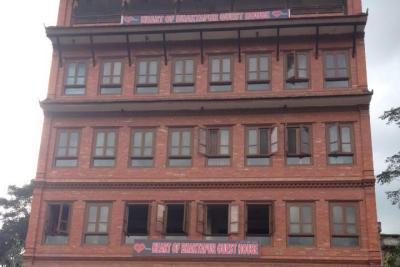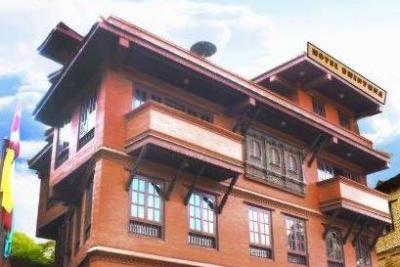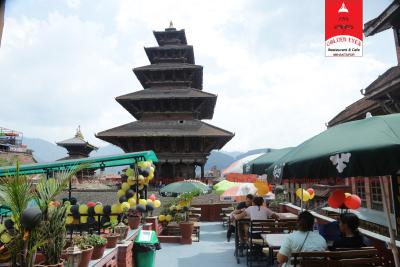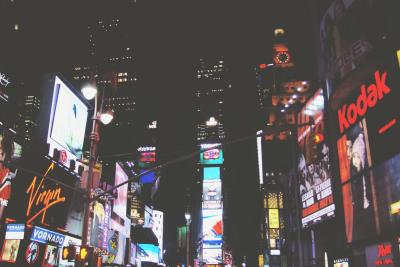Bhaktapur Durbar Square
the capital of the Malla kingdom till 1769, is an open museum in itself
The layaku means ‘Royal’ and the squares developed around the former royal palaces and a series of important temples and shrines, linked together by an open public space. They were, and still are, the center of public life in the cities. In the western corner of the city, Layaku is relatively integrated into daily life. This spectacular square, the capital of the Malla kingdom till 1769, is an open museum in itself. It was once packed with monasteries, temples and artistic buildings, almost one third of which were devastated in the great earthquake of 1934 and is former self, with odd blank spaces ruining the once masterful composition. This square however, still holds mesmerizing palaces, pagodas, Shikhara style temples as well as Buddhists monasteries exclusively architectures. Layaku is Bhaktapur’s monumental gem. One can get to feel the touch of mediaeval excellence.
Approaching durbar square through the Khauma: Dhwaka (gate), one can notice on the left, a pair of lion statues guarding supposedly one of the entrances to the royal complex. Between them lies two master pieces of stone sculptures, Ugrabhairab and Ugrachandi. Ugrabhairab the fierce form of Shiva and Ugrachandi a fearsome manifestation of goddess parvati, which dates back to 1701 A.D. It is believed that the unfortunate sculpture had his hands cut off afterwards, to prevent him from duplicating his masterpieces. when entering the durbar square from the main gate, there is a group of temples on the right(south), which represent the four highest Hindu pilgrimage sites; Gopi Nath, Kedarnath, Rameshwar and Badrinath. These temples are constructed by the Malla kings for those who could not afford to visit the original sites. Another pair of lion status and stone sculptures of Hanuman (worshipped for strength and devotion) and Narsingh (an incarnation of lord Vishnu) can be seen at the entrance of the National Art Gallery, which is situated on the middle north side of the square. The gallery is worth visiting for its exclusive collection of Buddhist Paubha paintings, palm leaf manuscripts as well as metal and stones. The whole block on the north side of the square is the main palace complex. It consisted of 99 different courtyards within (out of which still remain) the main entrance to this palace complex is the master piece of Bhaktapur, through this Lun Dhwaka (Golden Gate) you may enter to discover the courtyard of the Taleju temple, the royal bath and what used to be the residence of the Malla kings. Next to the golden gate is the most talked about Nyanyapajhya (55 windows) palace of King Bhupatindra Malla. This palace, which is being completely renovated by the department of Archaeology and the Bhaktapur Municipality, is one of the main parts of the palace complex. Right in front of Lun Dhwaka (the golden gate) you can see the impressive statue of King Bhupatindra Malla on a high stone column. The gold gilded statue in the position of worship is the center of appraisal for every visitor. In front of the palace lies (Ta: Go Gaang) a large bell erected by King Ranjit Malla in 1337A.D. Beside the large bell stands the Watsala Temple, completely built out of stones in 1727 A.D. by Jaya Ranjit Malla. On the lower flank of this Watsala temple lies another small bell erected by king Bhupatindra Malla it is popularly known as the ‘Khicha Kho Gaan’ which means dogs crying bell because dogs cry and bark whine at its sound.
Travel Guides
Bhaktapur (भक्तपुर), About this sound, listen (help·info); literally translates to “city of devotees”), also known as Khwopa (Nepal Bhasa: ख्वप Khwopa), is a city in the east corner of the Kathmandu Valley in Nepal about 8 miles (13 km) from the capital city, Kathmandu. It is located in and serves as the headquarters of Bhaktapur District in Bagmati Pradesh of Nepal. It is administratively divided into 10 wards.
Find more on our Guide Book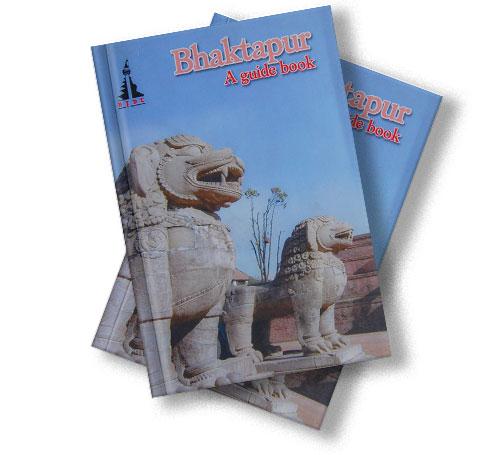
Here some videos ...
Cum doctus civibus efficiantur in imperdiet deterruisset.
Near By
Cum doctus civibus efficiantur in imperdiet deterruisset.
Hotel
Restaurants
Shops
Location Map
Cum doctus civibus efficiantur in imperdiet.
Travel with us
Cum doctus civibus efficiantur in imperdiet.







